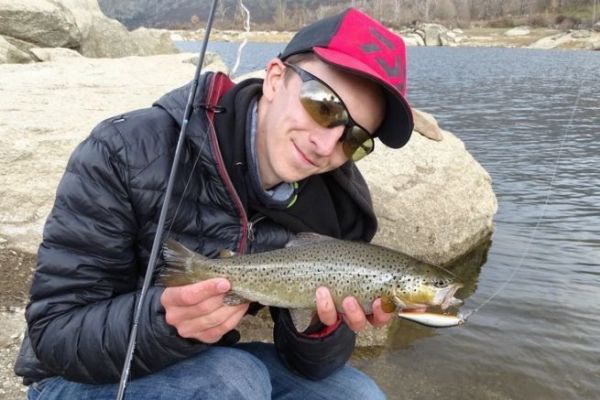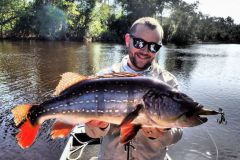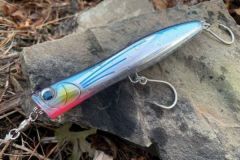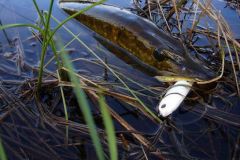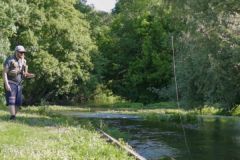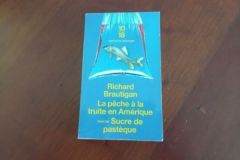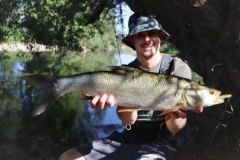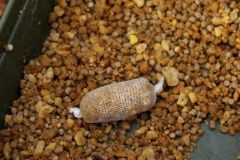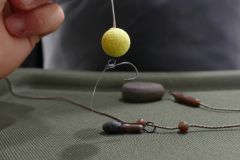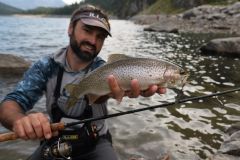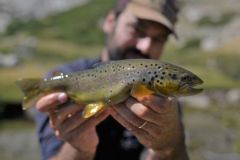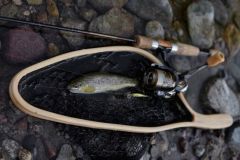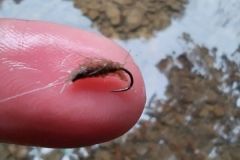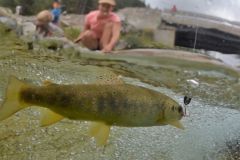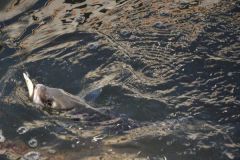The minnow
When it comes to imitating one of the big trout's favorite prey species, the minnow, our choice of colors is fairly limited. The color of minnows in a river is generally homogeneous, with a beige or light brown belly, a black central line and a greenish back. The minnows of some rivers can reach 10 cm, although the average is around 5 to 7 cm. So it's worth choosing colors that resemble the minnows in our spot, in sizes that correspond to the average individual.
The exception is during spawning, when the males move around a lot and change their coats to a flamboyant red. At this time, the water is generally warm enough for the trout to feed abundantly on the edges of these easy prey.
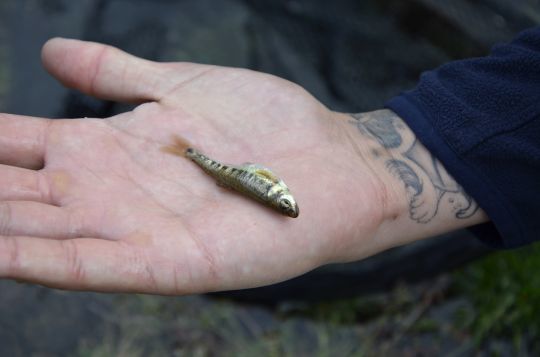
The troutelle
It's important to know that large trout are very territorial fish, and won't hesitate to chase away the slightest intruder who dares to disturb them. Big trout can often be seen chasing troutlets out of their current to keep the best spot. Large trout can also eat their own congener, especially when they reach a fairly large size and are present in large numbers. If you want to imitate a troutelle with a realistic color, you'd better choose small lures, 3 to 5 cm for the early season.
At the end of the season, when the trout of the year are approaching their first birthday, they measure around ten centimetres, depending on the river. A trout color should therefore correlate with the size of the fish you wish to imitate, depending on the season.
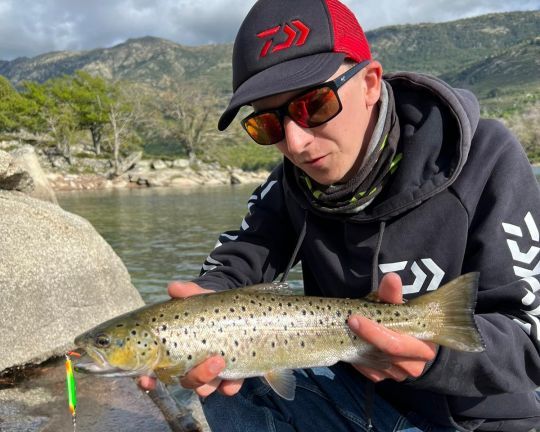
Invertebrates
Trout also feed largely on the various invertebrates found in rivers. Of course, it's almost impossible to imitate a gammare effectively with a soft lure, but critters and crayfish imitations still work very well, especially on educated fish. The majority of trout anglers generally use swimbaits and shads, so using a totally different shape can be very effective.
Preferably, use natural colors such as brown, beige or green, depending on the color of the invertebrates present in the area. A good way to avoid mistakes is to match the color of the lure to the color of the bottom or weed beds. Smaller creatures, 5 cm or less, are very effective in clear water where fish are already familiar with all the shad brands on the market.

 /
/ 